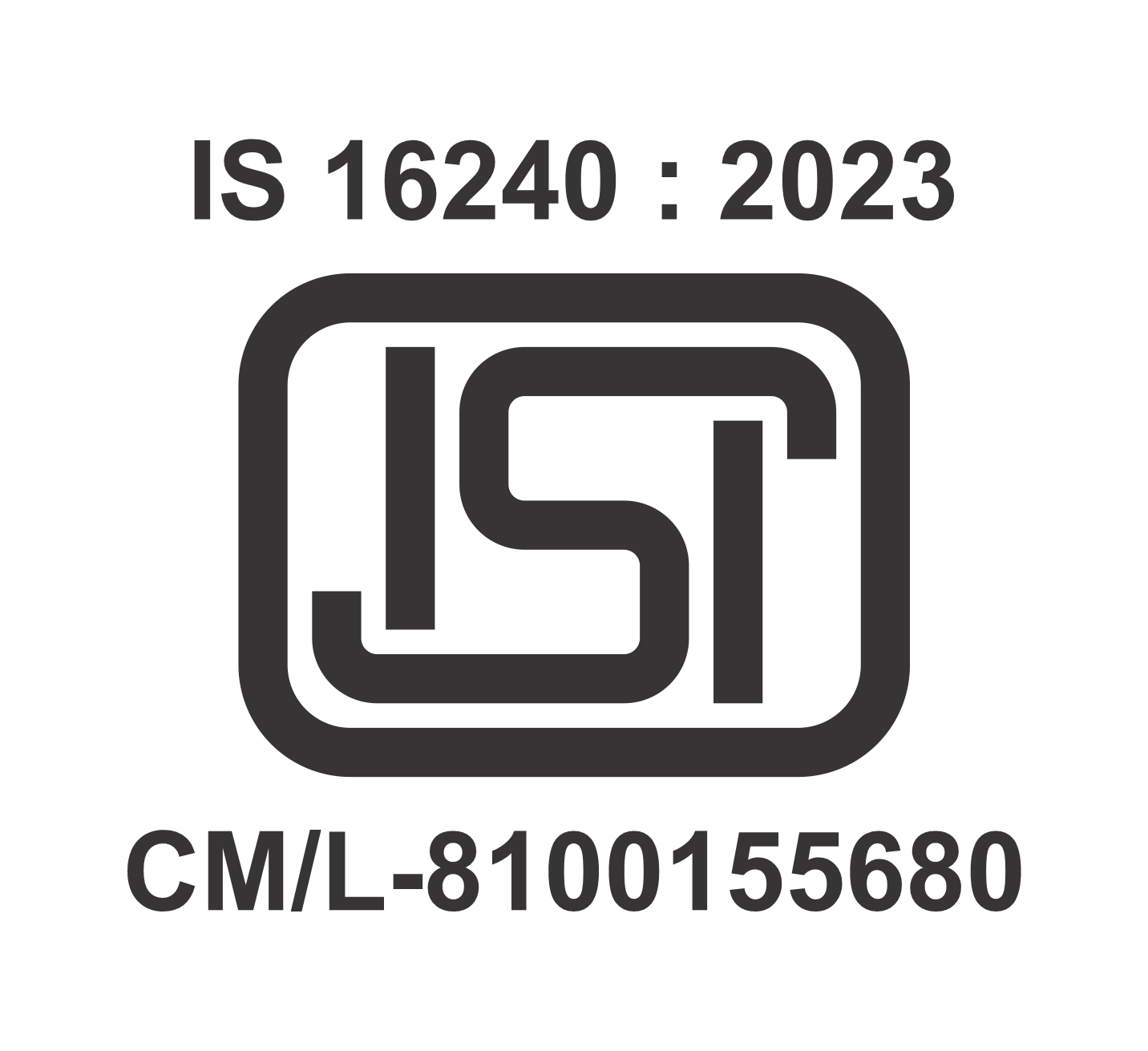Introduction
Choosing the right water purifier for your home can be confusing, especially with multiple technologies like RO, UV, and UF available in the market. Each has its own advantages and is suited for different types of water sources.
In this blog, we will break down the key differences between RO (Reverse Osmosis), UV (Ultraviolet), and UF (Ultrafiltration) purifiers to help you make an informed decision.
Understanding RO, UV, and UF Technologies
1. RO (Reverse Osmosis) Water Purifier
How it Works:
- Uses a semi-permeable membrane to remove dissolved salts, heavy metals, and impurities.
- Works by forcing water through a fine membrane, leaving contaminants behind.
Best For:
✅ Areas with high TDS (Total Dissolved Solids) above 300 ppm
✅ Water containing heavy metals like lead, arsenic, and fluoride
✅ Homes using borewell or groundwater sources
Pros:
✔ Removes 99% of dissolved solids and impurities
✔ Improves taste, odor, and color of water
✔ Suitable for all types of water sources
Cons:
❌ Wastes some water during purification
❌ Requires electricity to operate
❌ Needs periodic filter and membrane replacement
2. UV (Ultraviolet) Water Purifier
How it Works:
- Uses UV light to kill bacteria, viruses, and microorganisms.
- Does not remove dissolved salts or heavy metals from water.
Best For:
✅ Areas with low TDS (below 200 ppm)
✅ Homes using municipal water supply or tap water
✅ Places where microbial contamination is a concern
Pros:
✔ Eliminates 99.9% of bacteria and viruses
✔ Does not waste water
✔ Requires low maintenance
Cons:
❌ Does not remove dissolved solids (TDS)
❌ Requires electricity to function
❌ Water may still contain chemicals and heavy metals
3. UF (Ultrafiltration) Water Purifier
How it Works:
- Uses a hollow fiber membrane to remove bacteria, viruses, and suspended particles.
- Works without electricity and does not remove dissolved salts or heavy metals.
Best For:
✅ Areas with low TDS water (below 200 ppm)
✅ Homes with municipal water supply with visible impurities
✅ Places with frequent power cuts
Pros:
✔ Works without electricity
✔ Removes bacteria, cysts, and dirt particles
✔ No water wastage
Cons:
❌ Does not remove dissolved salts, chemicals, or heavy metals
❌ Not suitable for borewell or groundwater
Comparison Table: RO vs. UV vs. UF
| Feature | RO Purifier | UV Purifier | UF Purifier |
| Removes TDS | ✅ Yes | ❌ No | ❌ No |
| Removes Heavy Metals | ✅ Yes | ❌ No | ❌ No |
| Kills Bacteria & Viruses | ✅ Yes | ✅ Yes | ✅ Yes |
| Works Without Electricity | ❌ No | ❌ No | ✅ Yes |
| Removes Chemicals & Pesticides | ✅ Yes | ❌ No | ❌ No |
| Best for Municipal Water | ✅ Yes | ✅ Yes | ✅ Yes |
| Best for Borewell Water | ✅ Yes | ❌ No | ❌ No |
Which One Should You Choose?
✅ Choose RO if: Your water has a high TDS level (above 300 ppm) and contains heavy metals and dissolved impurities. Ideal for borewell or groundwater sources.
✅ Choose UV if: Your water comes from a municipal source with a low TDS level but may have bacterial contamination. It is best suited for city tap water.
✅ Choose UF if: You want a non-electric purifier that removes bacteria and suspended particles from low TDS municipal water. Works well in areas with frequent power cuts.
Conclusion
The right water purifier depends on your water quality and needs. If your water has high TDS, an RO purifier is the best choice. If your water is microbially contaminated but has low TDS, UV or UF purifiers are better options. Some advanced purifiers also come with RO + UV + UF combinations for complete filtration.
Before purchasing, test your water’s TDS level and choose a purifier that meets your requirements for safe and clean drinking water!
Looking for the Best Water Purifier?
For a reliable, high-quality solution, check out the Drinkit Water Purifier by Nexus Water Purifier. It offers advanced filtration technology to ensure pure and safe drinking water for your home. Upgrade your water purification system today!



